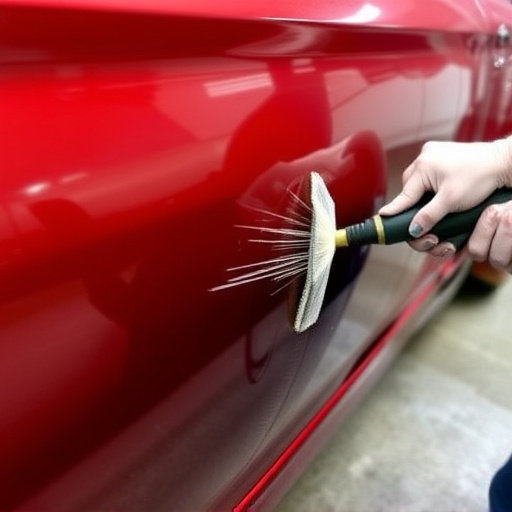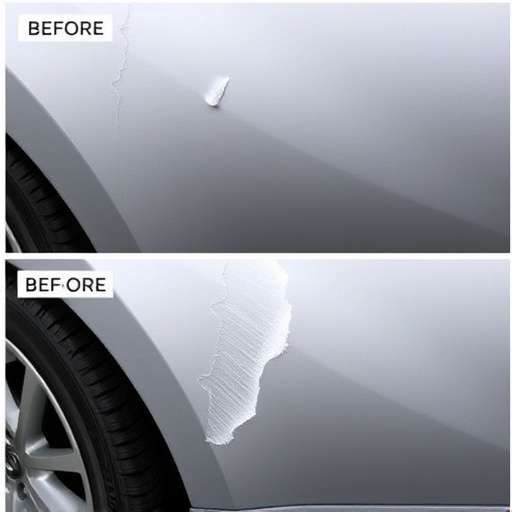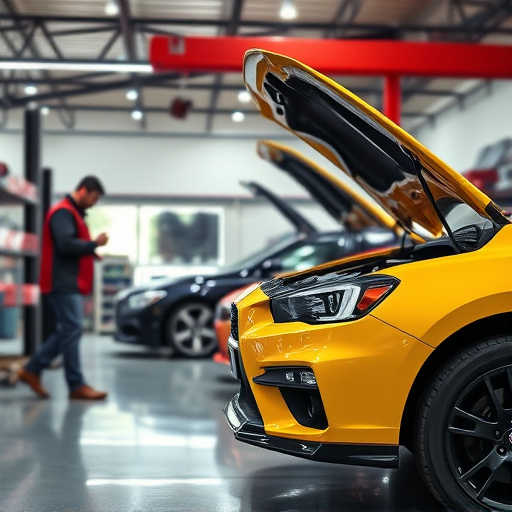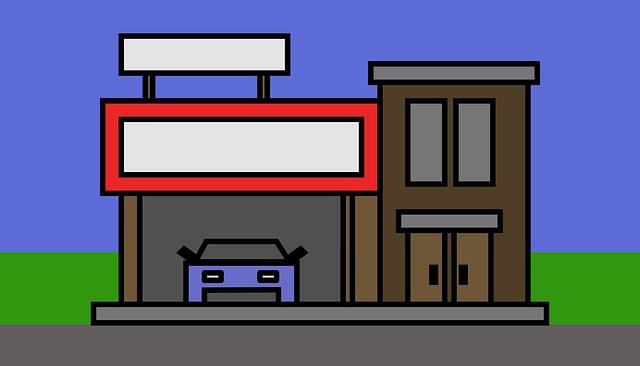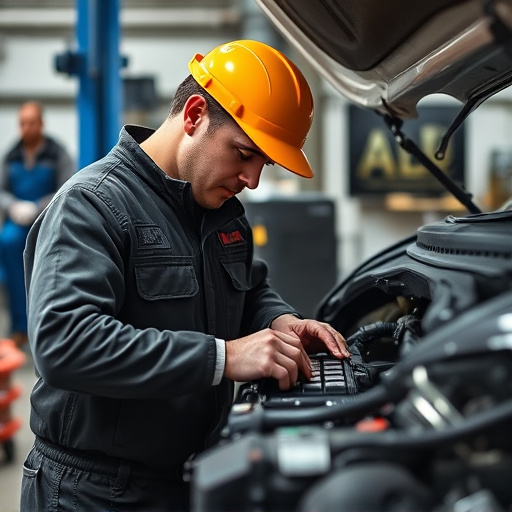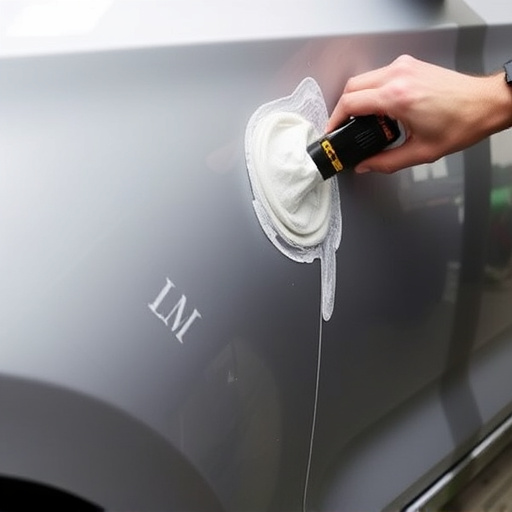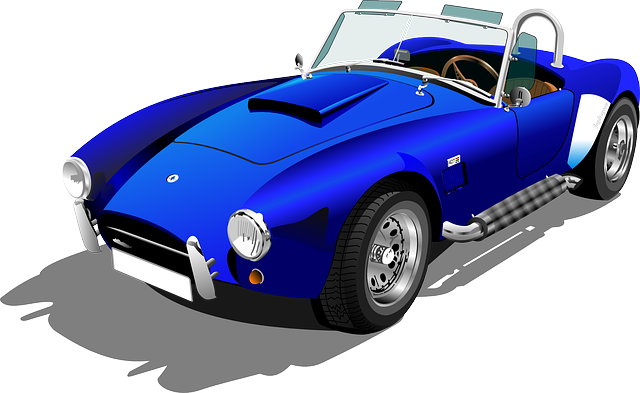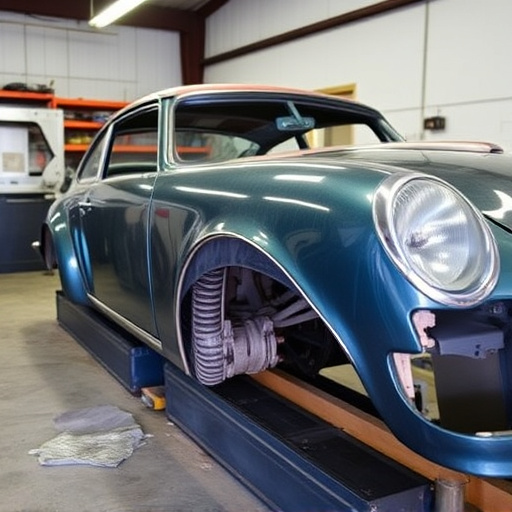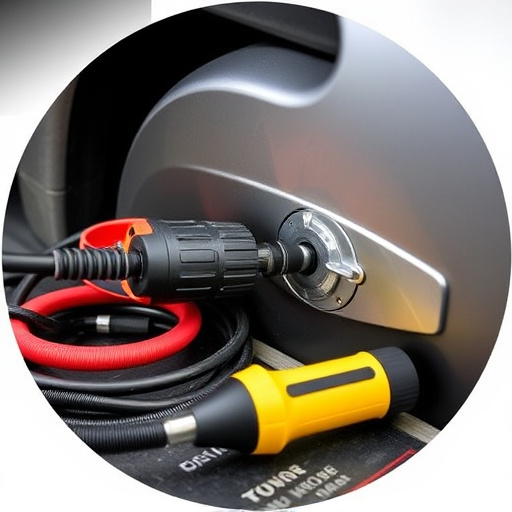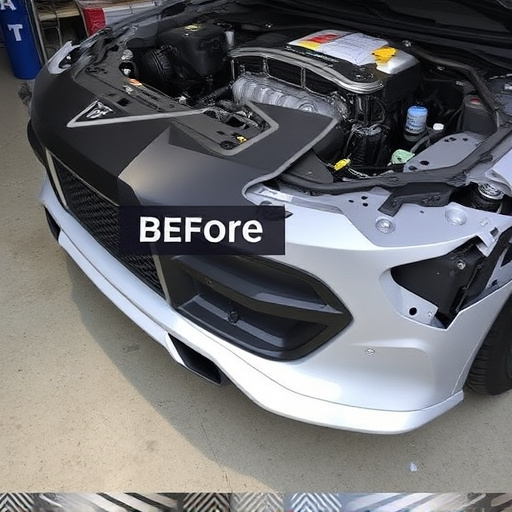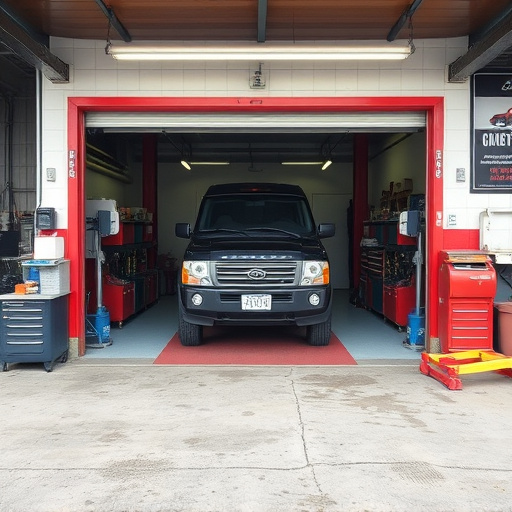Aftermarket bumper repair offers cost-effective and DIY options for restoring vehicle exteriors. It caters to both professionals and enthusiasts, providing services from dent removal to advanced paint jobs while maintaining classic car integrity. Choosing the right compatible part is key, with modern bumpers enhancing collision repair capabilities. This solution allows vehicle owners to save money and personalize their style without body shop costs.
Aftermarket bumper repair is a game-changer for vehicle owners, offering affordable and effective solutions for damaged bumpers. This comprehensive guide explores the various options available for all vehicle models, empowering you to make informed decisions. Learn how to choose the perfect replacement parts and follow a step-by-step DIY approach to fix minor bumps and scratches. By understanding aftermarket bumper repair, you can save money, maintain your car’s aesthetic, and gain valuable skills.
- Understanding Aftermarket Bumper Repair Options
- Choosing the Right Replacement for Your Vehicle
- Step-by-Step Guide to DIY Bumper Repair
Understanding Aftermarket Bumper Repair Options
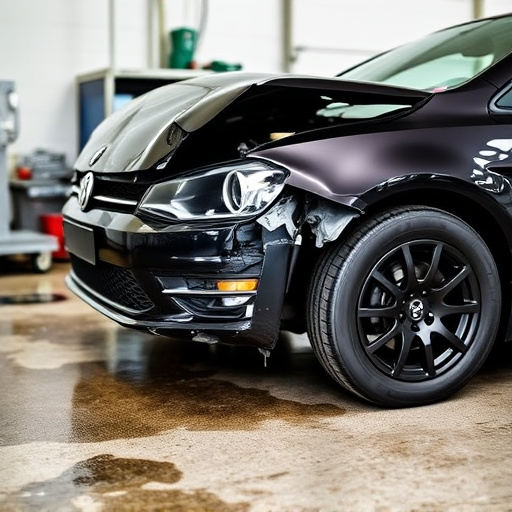
When it comes to aftermarket bumper repair, there’s a surprising variety of options available for vehicle owners looking to restore their car’s exterior. This process involves replacing or repairing damaged or faded bumpers, offering a cost-effective alternative to complete bumper replacement. For classic car enthusiasts engaging in restoration projects, aftermarket parts provide an authentic solution that maintains the integrity of the vehicle’s original design. These repair services cater to diverse preferences and budgets, from DIY enthusiasts who prefer hands-on work to professional body shops offering advanced techniques like dent removal and car paint services.
Aftermarket bumper repair is particularly valuable for those looking to enhance their vehicle’s aesthetics without breaking the bank. By utilizing these repair options, drivers can achieve a sleek, factory-like finish while ensuring their cars stand out on the road. Whether you’re addressing minor dents or significant damage from fender benders, aftermarket parts offer flexibility and customization, allowing for personalized touches that reflect your unique style.
Choosing the Right Replacement for Your Vehicle
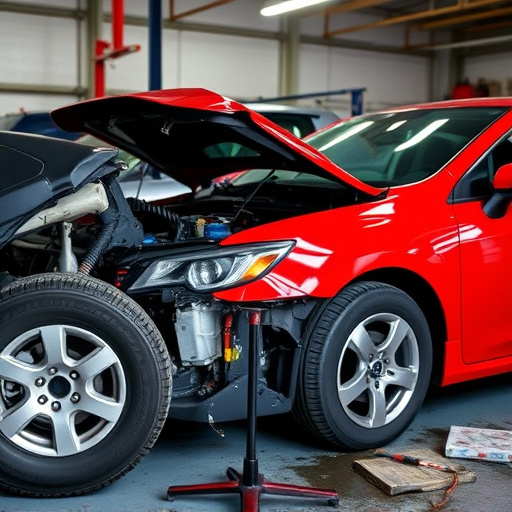
When considering aftermarket bumper repair, selecting the perfect replacement for your vehicle is a crucial step. It’s essential to ensure compatibility, fitting seamlessly with your car’s make and model. Aftermarket parts are designed to fit various vehicle models, but it’s vital to cross-reference the part number or consult a professional to guarantee a precise match. This attention to detail ensures your bumper not only looks like new but also functions effectively in the event of future collisions.
Choosing the right replacement can significantly impact both the aesthetic appeal and safety of your vehicle. While some aftermarket bumpers offer basic functionality, many modern options incorporate advanced design elements and materials that enhance collision damage repair capabilities. These innovations ensure that your car not only looks good as new but also performs optimally during repairs, ultimately saving you time and money in the long run.
Step-by-Step Guide to DIY Bumper Repair
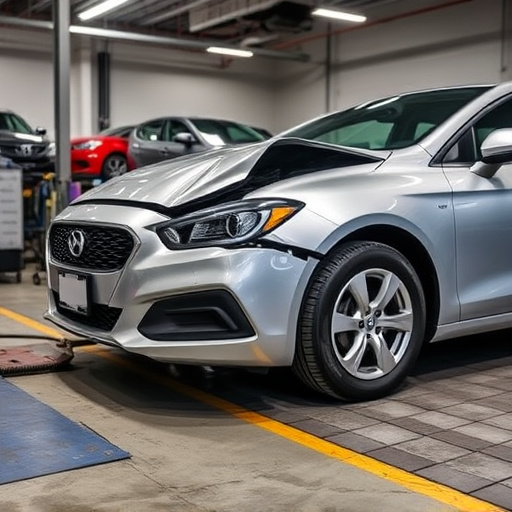
Aftermarket bumper repair is a cost-effective solution for damaged bumpers, offering an easy DIY approach for those looking to fix their vehicle’s front or rear guard. Before beginning, gather the necessary tools and materials, including a dent puller, hammer, suction cups, and a suitable aftermarket bumper replacement. Start by removing any debris or loose parts from around the damaged area. Next, using the dent puller and suction cups, carefully pop out the dented section of the bumper, working slowly to avoid further damage. Once removed, clean the area thoroughly to prepare for installation of your chosen aftermarket bumper.
With the old bumper off, it’s time to install the new one. Ensure the replacement fits perfectly by aligning it with the vehicle’s existing mountings. Use clamps or screws to secure it in place, following the manufacturer’s instructions precisely. After the bumper is firmly attached, inspect for any gaps or misalignments and make adjustments as needed. Finally, apply a coat of paint to match your car’s color, ensuring a seamless finish that blends in with the original design. This step-by-step guide makes DIY aftermarket bumper repair accessible, allowing car owners to restore their vehicle’s aesthetic appeal without visiting a car body shop for automotive repair.
Aftermarket bumper repair is a convenient and cost-effective solution for damaged car bumpers, offering a wide range of options for all vehicle models. By understanding your repair choices, selecting the right replacement parts, and potentially tackling the job yourself with a DIY guide, you can efficiently restore your car’s exterior appeal. These steps ensure not only a seamless fix but also a significant savings compared to dealership repairs. So, whether it’s a minor bump or a more severe collision, aftermarket bumper repair provides a flexible and accessible path to getting your vehicle back in top condition.
